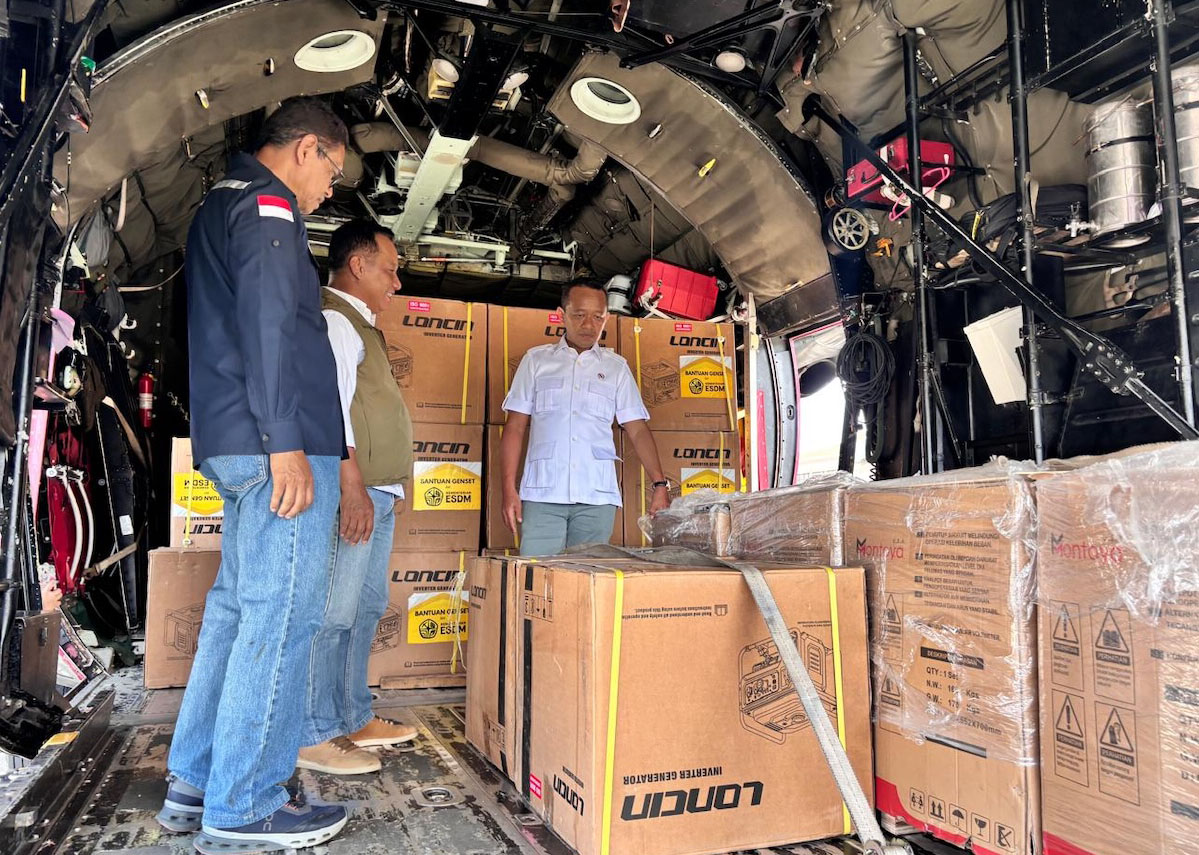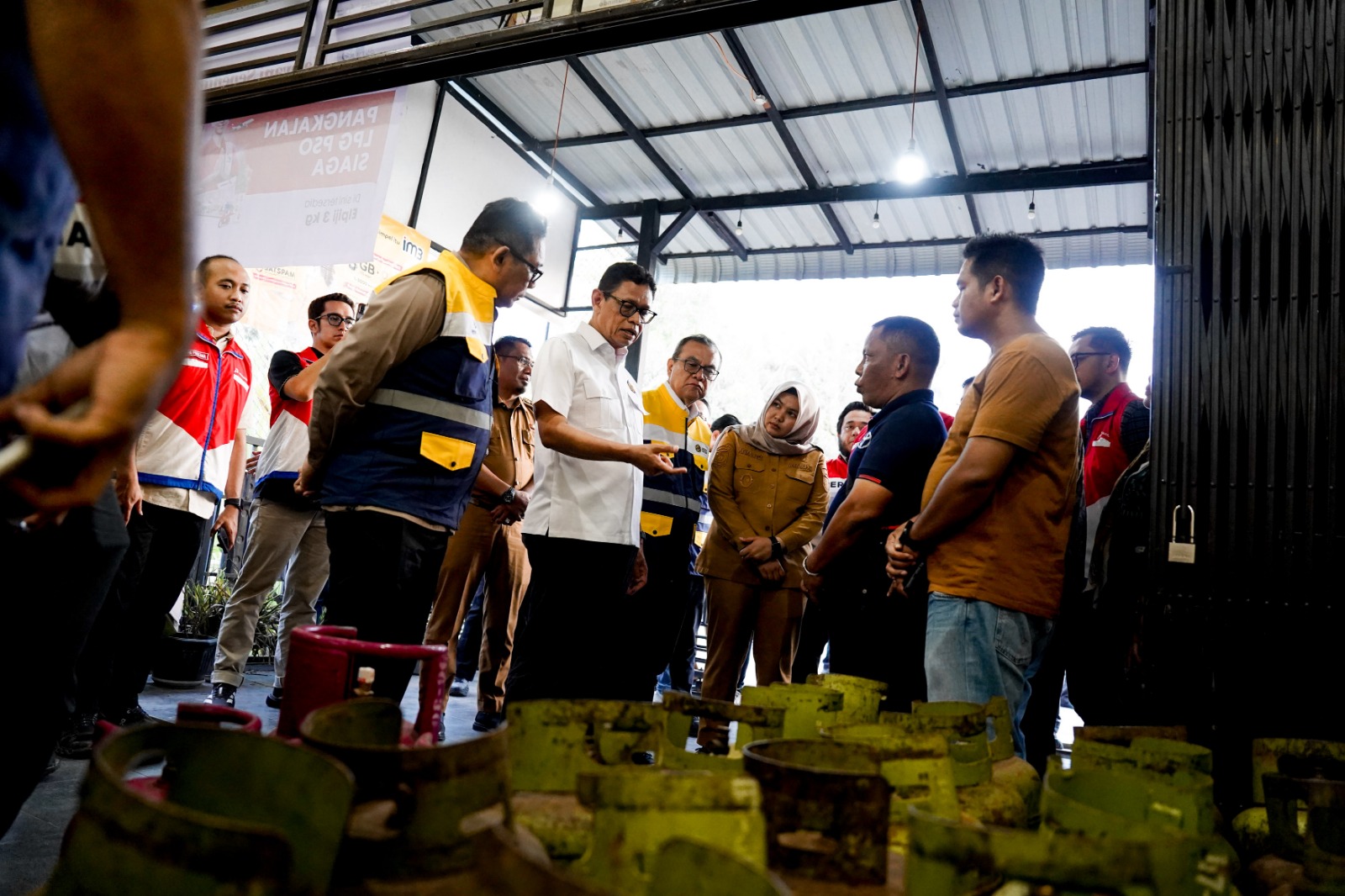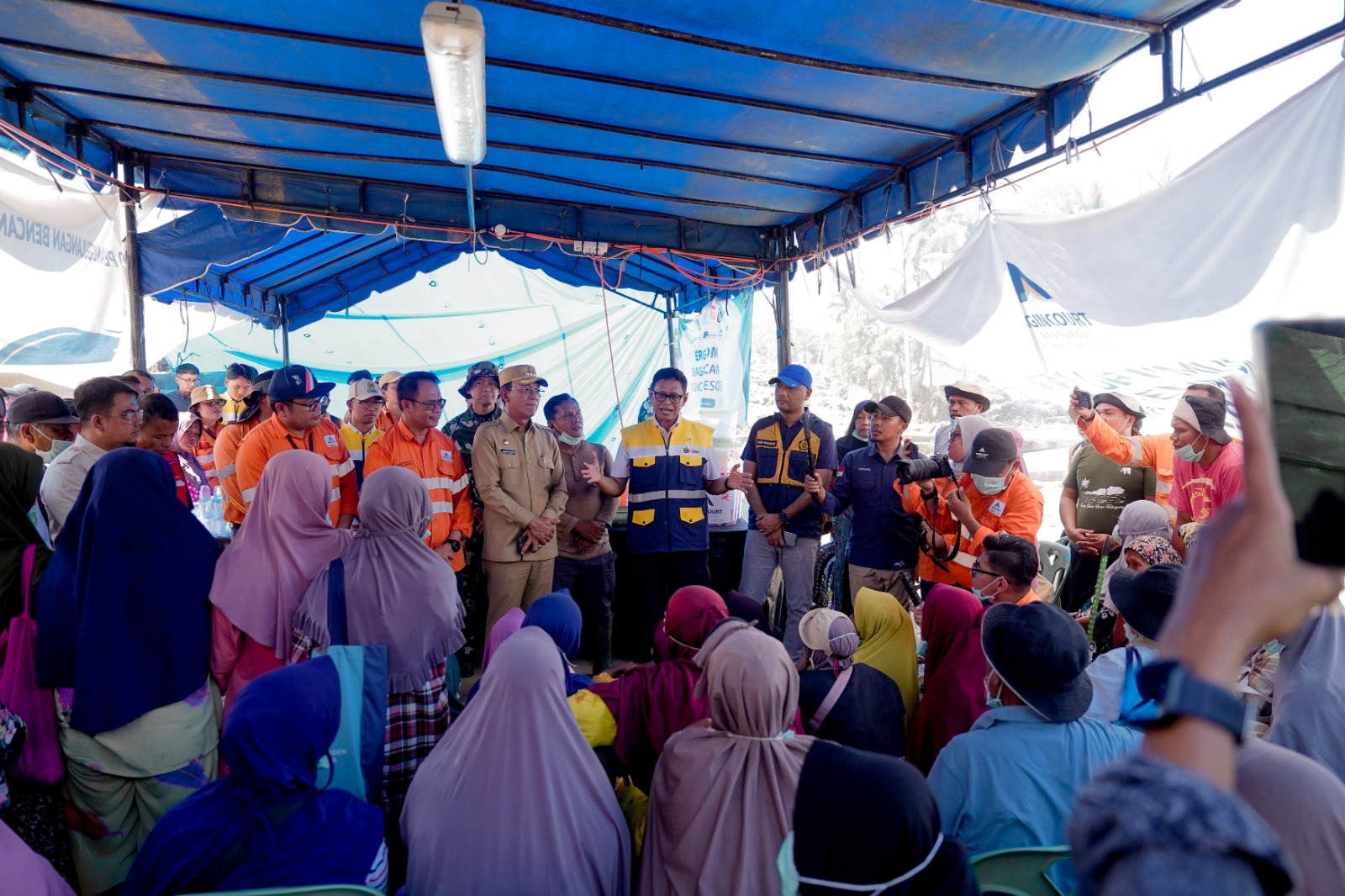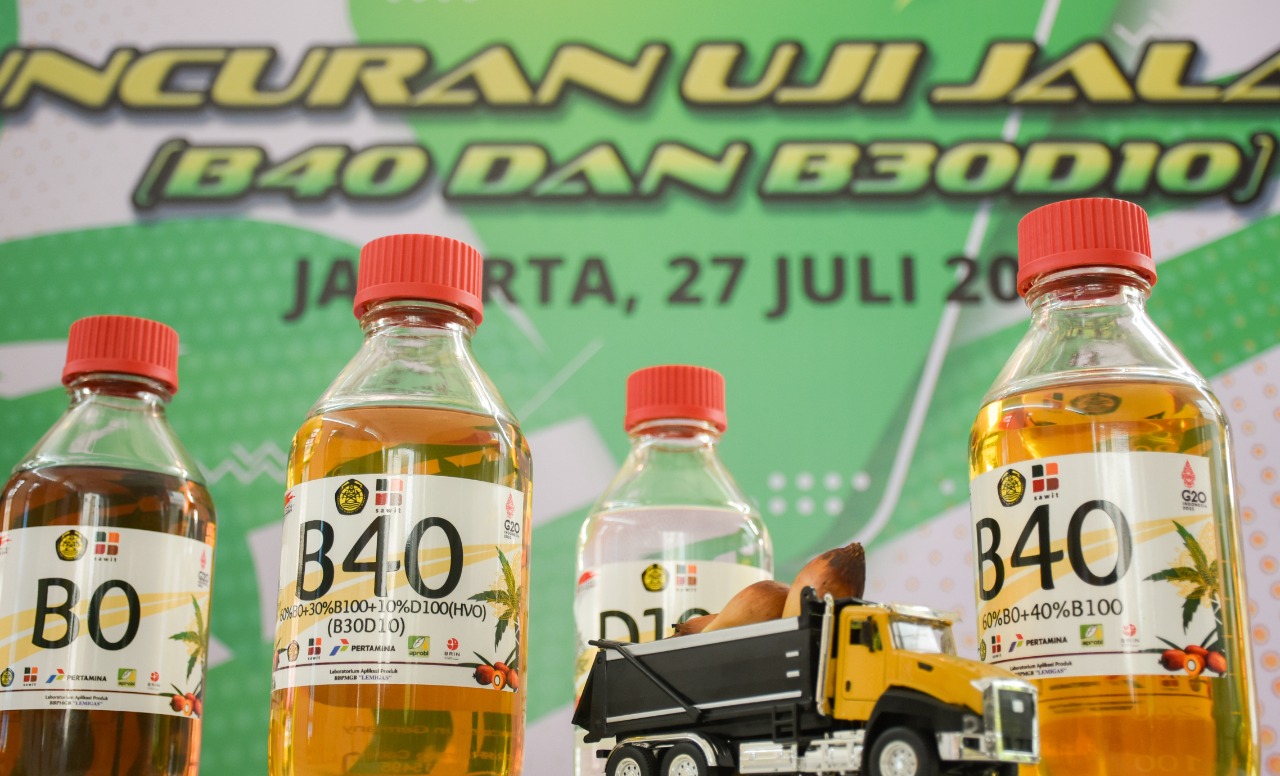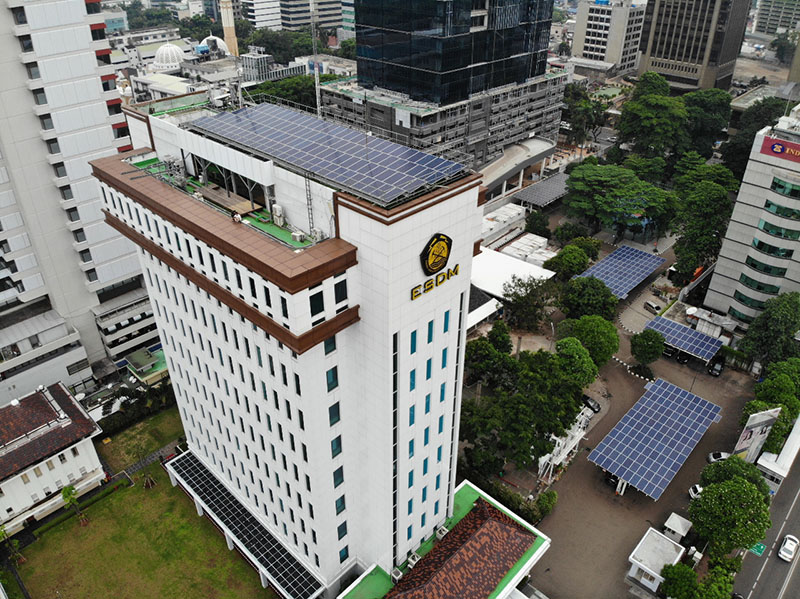
Energy Ministry Allocates Rp5.04 trillion for 2022
MINISTRY OF ENERGY AND MINERAL RESOURCES
REPUBLIC OF INDONESIA
PRESS RELEASE
NUMBER: 189.Pers/04/SJI/2021
Date: 4 June 2021
Energy Ministry Allocates Rp5.04 trillion for 2022
The Indonesian Ministry of Energy and Mineral Resources (EMR) has proposed an indicative budget for the 2022 fiscal year of Rp5.04 trillion to the House of Representatives of the Republic of Indonesia (DPR RI).
"According to a joint letter of Minister of National Development Planning (PPN)/Head of the National Development Planning Agency (Bappenas) and Minister of Finance about the Indicative Ceiling of FY 2020, the Ministry of EMR receives Rp5,045.8 billion," said Secretary General of Ministry of EMR Ego Syahrial during a Hearing (RDP) with Commission VII of DPR RI on Thursday (3/6).
Out of the total budget, Rp2,969 billion or 58.9 percent will be spent on goods expenditures, Rp1,161.7 billion or 23% for capital expenditures, and Rp914.5 billion or 18.1% for personnel expenditures.
The budget will be allocated to 12 organizational units within the Ministry of EMR, with Secretariat General receiving a budget of Rp263 billion, Inspectorate General Rp66 billion, Directorate General of Oil and Gas Rp1.7 trillion, Directorate General of Electricity Rp113 billion, Directorate General of Mineral and Coal Rp478 billion, Directorate General of New, Renewable Energy and Energy Conservation (NREEC) Rp591 billion.
Meanwhile, the R&D Agency of EMR will get Rp456 billion, Human Resources Development Agency of EMR Rp555 billion, Geological Agency Rp368 billion, National Energy Council (DEN) Rp44 billion, BPH Migas Rp249 billion, and Aceh Upstream Oil and Gas Management Agency (BPMA) Rp72 billion.
In the oil and gas subsector, the budget will be used for the construction of household gas networks, distribution of oil fuel-to-gas fuel converter kits for fishermen and farmers, supervision of subsidized LPG distribution, oil and gas work areas that are prepared, determined and offered, as well as the construction of gas transmission pipeline of the Cirebon--Semarang segment.
The electricity subsector budget is allocated for the review and evaluation of targeted electricity subsidies, reduction of grid losses and generation efficiency, fulfillment of electricity access for the public as well as acceleration of 24/7 electricity supply, the electricity subsector's support in achieving the greenhouse gas mitigation targets in the energy sector, control of the construction of power plant as well as transmission and distribution networks, control of the development of smart grids, and promotion of cooperation in the electricity subsector.
In the NREEC subsector, the Ministry of EMR focuses on the construction of rooftop PV systems, solar street lighting (PJU-TS), reduction of Greenhouse Gases (GHG) in the EMR sector/Net Zero Emission strategy, minimum performance standards (SKEM) and Energy Saving labels of energy equipment, electric power supply equipment, and the facilitation and construction of renewable energy power plants.
In the mineral and coal subsector, the Ministry of EMR prioritizes the accelerated development of domestic smelters, formulation of policies to accelerate the increase in coal value added and the coal production and utilization plans for domestic needs, the inventory of illegal mining monitoring, monitoring and assessment of reclamation and post-mining activities using remote sensing technology, and optimizing of non-tax state revenue (PNBP) of the mineral and coal subsector.
In the geology subsector, the budget will be used to modernize the equipment for geological disaster mitigation system, development of geological information centers and determination of geological heritage sites, development of volcano observatory posts, development of monitoring wells networks, and surveys to prospect for mineral resources, oil and gas, and geothermal.
Meanwhile, the R&D Agency of EMR will carry out validation of the process and readiness level of technologies to extract neodymium and scandium from Red Mud for permanent magnets and lightweight materials, optimize the manufacture of carbon precursors from coal pyrolysis tar products, map marine geology and survey the potential for heavy minerals carrying rare earth elements as well as draw maps of renewable energy (wind, hydro, and biomass).
Finally, in terms of human resource development, the Ministry of EMR will improve the competence of its state civil apparatus (ASN), offer industrial training in the EMR sector, provide higher education in energy and mineral resources (at PEM Bandung and Akamigas Cepu), community training in the energy and mineral resources sector, and certification of personnel competence in the EMR sector. (IY)
Head of Bureau of Communication, Public Information Services, and Cooperation
Agung Pribadi (08112213555)
Share This!

